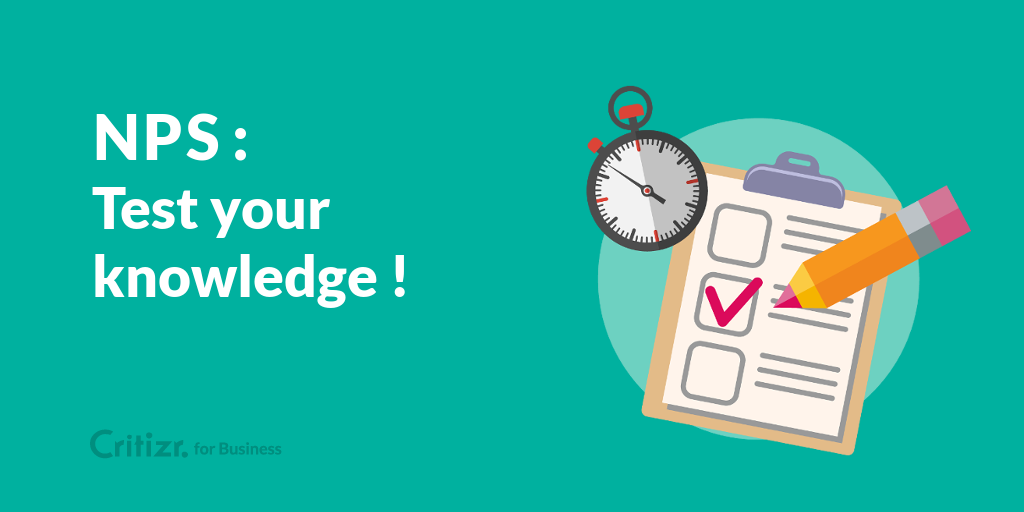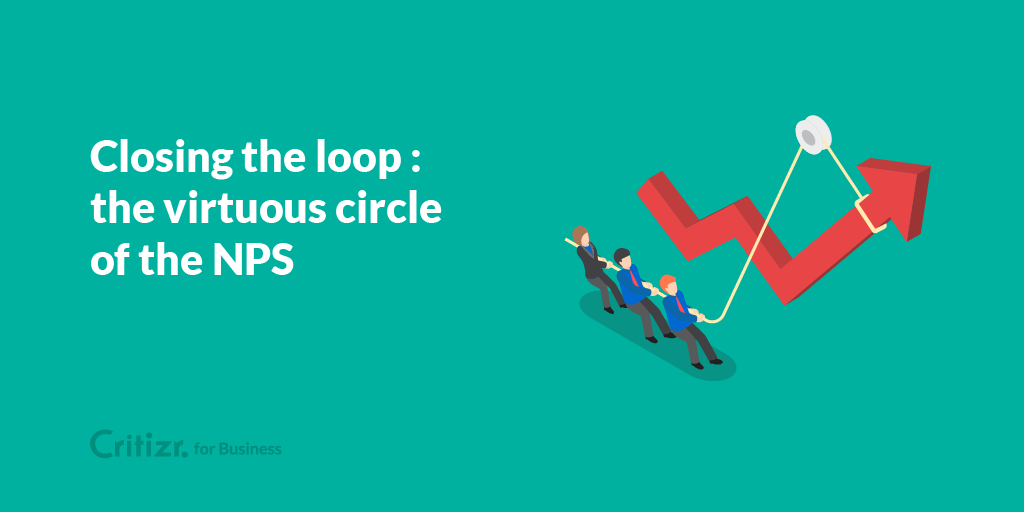
Solutions
Solve your most critical customer experience challenges

International Customer Success Manager
Since the explosion of its reputation and its adoption by countless retail chains throughout the world, the Net Promoter Score is more than a simple metric for measuring customer satisfaction. Nowadays, NPS is dynamic ongoing learning and improvement known under the name of "Closing the NPS loop". The idea is to listen to the customer, act and finally return to the customer with a response in order to close the loop.
The simplified customer feedback treatment process, a primary resource for creating an exceptional customer experience and generating feedback collection for ROI.
Two simultaneous and related processes are necessary in order to close the virtuous circle: they concern "the inner loop" and the "outer loop". The former concerns a micro level which corresponds to the individual interactions between the contact teams and the customer. The latter concerns a macro level in reference to the retail chain’s overall strategy.
Closing the double virtuous circle is the means for establishing a customer centric approach in which the customer is at the heart of the company’s decisions. Beyond offering an excellent customer service, it is the means for providing an unprecedented customer experience and developing the business.
DOWNLOAD THE EBOOK : Become an expert of the NPS
What does NPS stand for in business? The NPS system works effectively within a double virtuous circle. It is important to couple the two processes: the inner and outer loop in order to achieve the desired objectives. The headquarters’ teams make the strategy and must train the contact teams in order to carry out the action plans.

The internal loop concerns the individual interactions between the contact staff and the customer. Opinions are quickly collected after the interaction. Every opinion is instantly distributed to the concerned sale outlet or service so that the team member who helped the customer can identify and remember the interaction. The employee thinks of a solution and calls the detractors back in, in order to solve the problem and win them back. The last step in the process is learning: the contact teams assimilate the solution offered to the customer in order to avoid that the problem occurs again.

The outer or macro loop is intended for the headquarters’ team in order to define a global customer-centered strategy. Opinions can be collected spontaneously or occasionally (every quarter or semester). The results are analyzed in order to identify the customer satisfaction levers and avenues of improvement. The NPS can be compared with other KPIs such as the turnover, and analyzed by customer segment: detractors, neutral, promoters and RFA (recency-frequency-amount).

The development of an action plan is essential in order to capitalize on the satisfaction levers and improve the weak points. In the context of a dynamic of ongoing improvement, the action plans are extended to every service. For example, if customers are dissatisfied with the price, the pricing department must act. Finally, the field teams must be trained by the headquarters in order to transmit the strategic vision of the brand and help them develop their skills.
Undertaking the dynamic of ongoing improvement by the NPS with a perspective of growth hacking allows you to achieve the NPS promises, which are increasing loyalty and growth. On the one hand, because retail chains collect customer opinions but rarely know what to do with them in order to generate a return on investment for the opinion collection, the costs incurred therefore represent a loss. On the other hand, this dynamic is a lever for customer retention, loyalty, recommendation and therefore, the continuity and increase in turnover.
Hear about our upcoming events and read the latest success stories from our clients.
